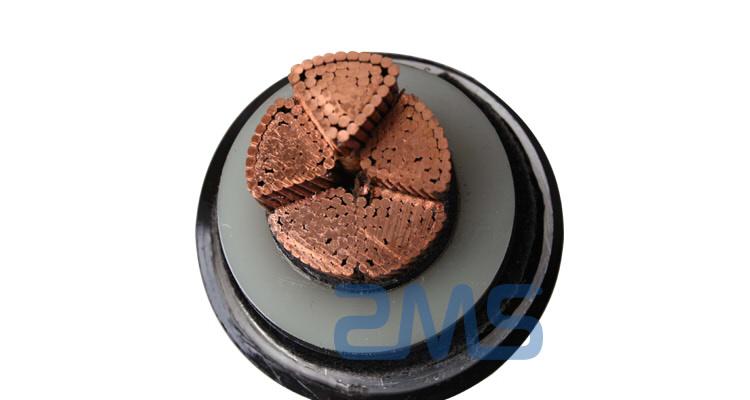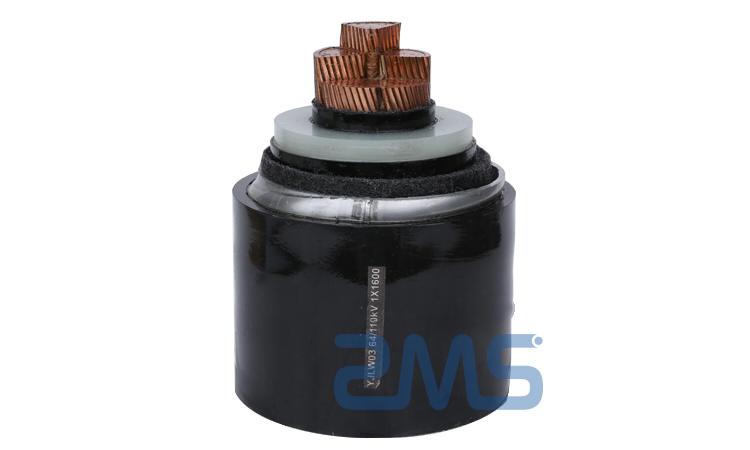Regarding high voltage cables, there are mainly overhead high-voltage cables and underground high-voltage cables. The selection of HV cables is quite complex because there are many different types. The following are the principles of selection of high voltage cables.
Structure of High Voltage Cables

The components of a high voltage electrical cable from inside to outside are: conductor, isolation, inner cover, Filling material, armor and outer insulation. Of course, armored high voltage cables are mainly used underground to withstand pressure and to protect against other external damage.
Types of High Voltage Cables
The main types of high voltage electrical cables are YJV cable, cable VV, YJLV cable and VLV cable.
Cable YJV: Electricity cable with copper conductor, XLPE insulation and PVC sheath
Cable VV: Electricity cable with copper conductor, PVC insulation and sheathing
Cable YJLV: Power cable with aluminum conductor, XLPE insulation and PVC sheath
Cable VLV: Power cable with aluminum conductor, PVC insulation and PE lining
Selection of HV Cables
When HV cables are laid directly underground, burial depth varies according to different geological conditions and is usually greater than 0,7 m. Underground laying requires high protection for the cable itself. Therefore, it is advisable to use high voltage cables with an armored layer of protection.
In some unstable geological conditions, as in the swamps and quicksand, can also be used steel wire armored cables. This high voltage cable is characterized by its rigidity, its resistance to external damage and for withstanding normal longitudinal stresses.

Laying of HV cables in prefabricated tubes tends to cause overheating of the cables. This will cause a loss of power and a reduction in capacity.. Thus, In these cases, it is more convenient to use cables with a protective plastic cover or bare armored cables..
In the cities, HV power cables are generally laid on bridges or supports in cable tunnels. This shape has the characteristics of good heat dissipation and easy maintenance.. Nevertheless, flame retardancy requirements for cables are high. So, bare armored cables or flame retardant cables are suitable.
Aerial laying is suitable for areas with flat and slightly undulating terrain.. High-voltage overhead lines are attached to towers with insulating cords and insulated with air. Considering the weight, the heat dissipation and the great safety distance with the ground, power lines are usually bare wires without insulation.
